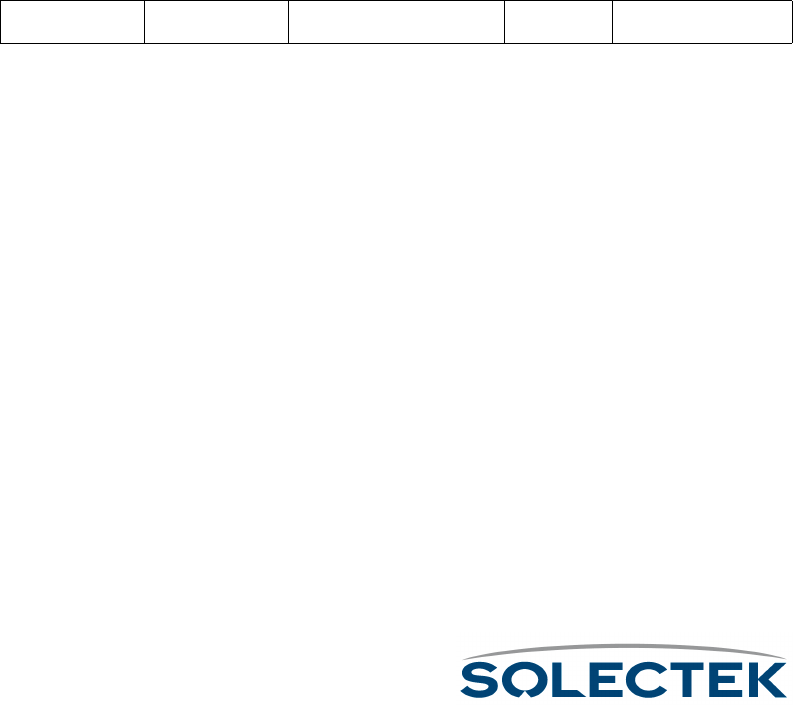User's Guide
Table Of Contents
- SkyWay Wireless Bridge/Router
- Preface
- Table of Contents
- Chapter 1: Introducing Skyway
- Chapter 2: Getting to Know the SkyWay Bridge/Router
- Chapter 3: Preparing for Installation
- Chapter 4: Installing Skyway
- Chapter 5: Configuring and Managing SkyWay
- Configuring SkyWay
- Setting System Configuration Parameters
- Understanding RF-DLC
- Configuring the Ports
- Bridging
- IP Routing
- Internet Control Message Protocol
- SNMP
- Diagnostics
- File Transfer Utilities
- Security
- Chapter 6: Monitoring SkyWay
- Chapter 7: Troubleshooting Skyway
- Appendix A: Run-time Menu Tree
- Appendix B: BIOS Menu Tree Summary Table
- Appendix C: Interface Specifications and Pinouts
- Appendix D: Detailed Product Specifications
- Appendix E: Supported Protocols
- Appendix F: Error Codes
- Appendix G: SNMP Trap Messages
- Appendix H: Installation Recording Form
- Appendix I: Sources of SNMP Management Software
- Appendix J: Glossary and Basic Concepts
- Appendix K: Skyway Antennas
- Warning:
- Notes:
- 7002301: 6 dBi Omni Directional Antenna
- 7002401: 11 dBi Omni Directional Antenna
- 7002501: 16 dBi Outdoor Flat Panel Directional Antenna
- 7002601: 17 dBi Outdoor Flat Panel Directional Antenna
- 7002701: 22 dBi Outdoor High gain Flat Panel Directional Antenna
- 7002801: 8 dBi Indoor/Outdoor Patch Antenna
- 7002901: 12 dBi 110 Outdoor Sectorial Antenna
- Index

112
File Transfer Utilities
At times it is necessary to upgrade the SkyWay Bridge/Router software. You can do this
remotely using the file transfer utilities, Xmodem, Ymodem, or TFTP. Typically you will
need to upgrade the Runtime Application with a new release of the software.
The three file transfer utilities are Xmodem, Ymodem, and TFTP.
Xmodem
Xmodem is a file transfer protocol with the following ASCII character definitions:
Xmodem is a receiver-driven, asynchronous, 8 data bit protocol. Each packet has the
following format:
where:
When the receiver is ready, it sends a NAK every 10 seconds (up to one minute) until
the transmitter acknowledges the NAK by sending the first packet. The transmitter
continues by sending each packet in turn, always waiting for the packet to be acknowl-
<SOH> 01H This is always the first byte in
each block.
<EOT> 04H This is sent instead of SOH to
mark the end of transmission.
<ACK> 06H Positive Acknowledgement.
<NAK> 15H Negative Acknowledgement
<CAN> 18H Cancel transfer.
<SOH> <packet> <compliment #> <data> <checksum>
<SOH> =01H
<packet> = Packet number, starting at 01, incre-
menting by 1, and wrapping from
0FFH to 00H (not 01H)
<compliment #> = 255 minus the packet number
<data> = 128 bytes of binary data
<checksum> = The sum of the data bytes. Starting
with zero, add each data byte to the
checksum and use only the rightmost
8 bits.










